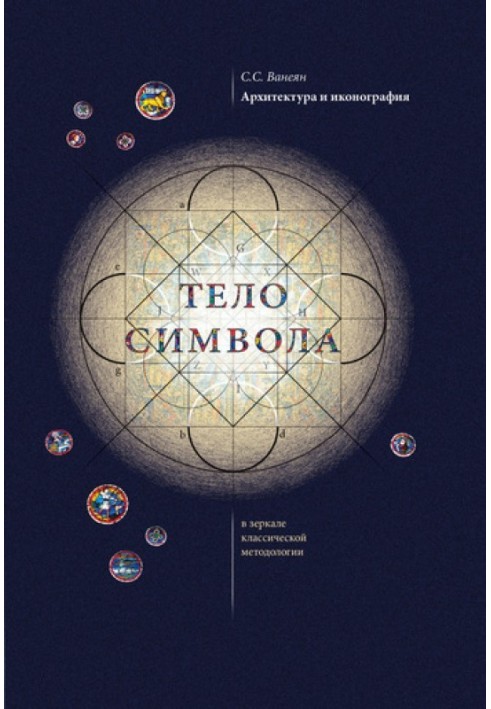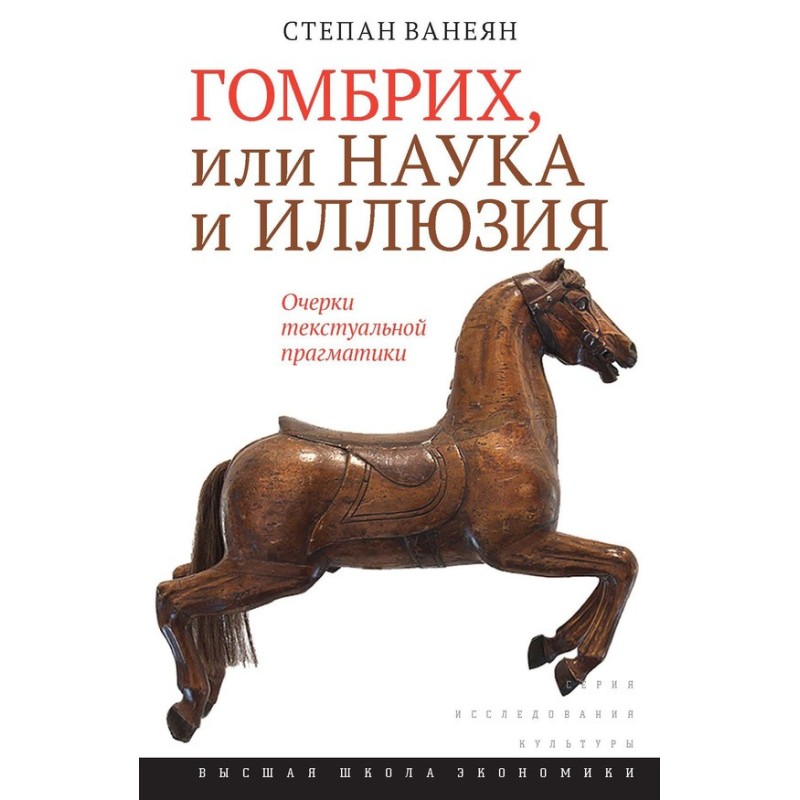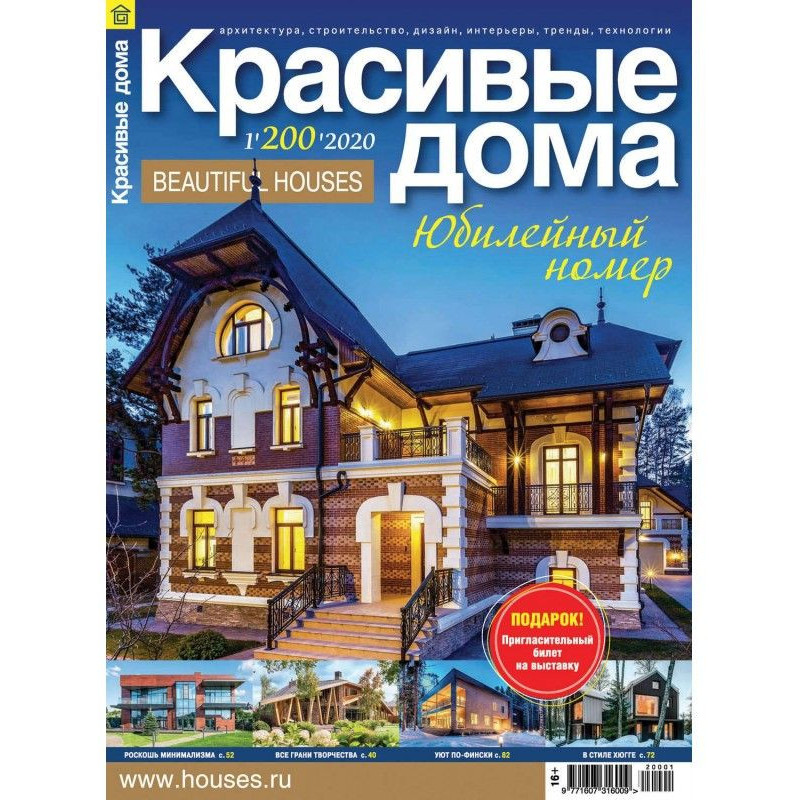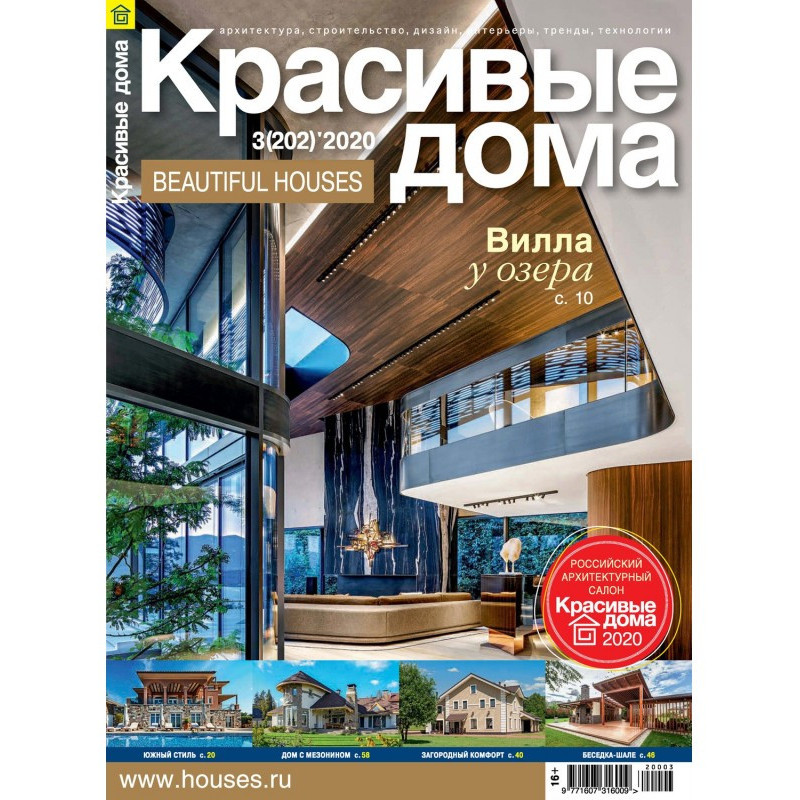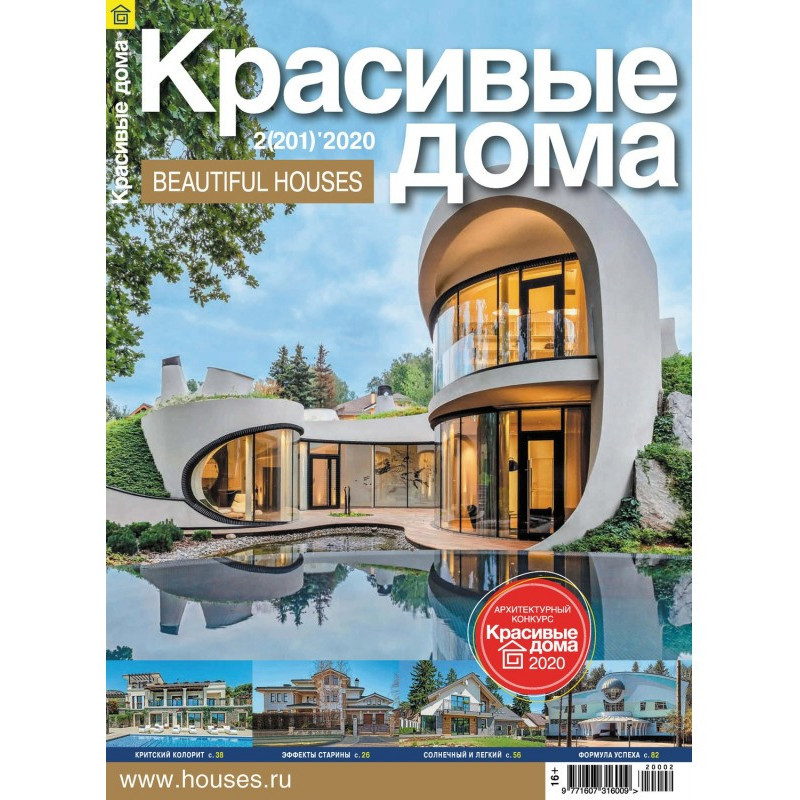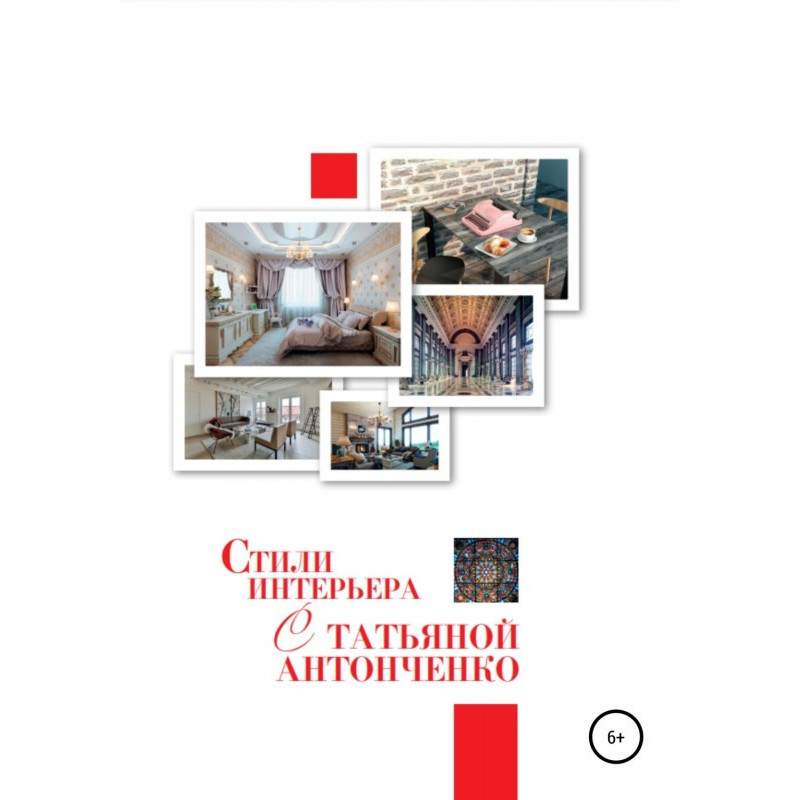Architecture and iconography. “The body of the symbol” in the mirror of classical methodology
 Instant download
Instant download
after payment (24/7)
 Wide range of formats
Wide range of formats
(for all gadgets)
 Full book
Full book
(including for Apple and Android)
For the first time in the science of art, an attempt is being made to systematically analyze the problems of interpreting sacred architecture. Within the framework of the general hermeneutics of architecture, the iconographic approach is highlighted and its main variants are identified, represented by the names of J. Sauer (symbolism of the House of God), E. Mal (architecture as a hieroglyph of the sacred), R. Krautheimer (actually the iconography of architectural archetypes), A. Grabar ( architecture as a system of semantic fields), F.-W. Deichmann (symbolism of architecture as an archaeological objectivity) and St. Sinding-Larsen (semantics of liturgical space). The undoubted limitations of iconography are recognized, forcing us to continue the search for other methods of describing and interpreting the architectural and liturgical whole - the temple body, understood both as a “body of symbol” and as a form and means of theophany. The extensive Appendices also provide an overview of domestic experience in architectural iconography. The book is intended for a wide range of readers, should be useful to art historians and may be of interest to theologians, philosophers, cultural experts - both specialist scientists and students of the humanities.
Data sheet
- Name of the Author
- Степан Ванеян Сергеевич
- Language
- Russian
Reviews
Вражаюче дослідження сакральної архітектури
Книга «Архітектура та іконографія. Тіло символу» є справжнім відкриттям для всіх, хто цікавиться мистецтвом і архітектурою. Автори намагаються систематизувати та аналізувати складні питання інтерпретації сакрального зодчества, що є надзвичайно актуальним у сучасному світі. Використовуючи іконографічний підхід, вони детально розглядають роботи таких видатних мислителів, як Й. Заур, Е. Маль, Р. Краутхаймер та інших, що дозволяє читачеві глибше зрозуміти символіку архітектури та її зв'язок із духовністю. Книга не лише відкриває нові горизонти в розумінні архітектурних архетипів, але й підкреслює обмеження іконографії, спонукаючи до подальших досліджень у цій галузі. Додатки, що містять огляд вітчизняного досвіду архітектурної іконографії, роблять цю працю ще більш цінною. Рекомендую цю книгу всім, хто прагне глибше зрозуміти взаємозв'язок між архітектурою, символікою та духовністю

